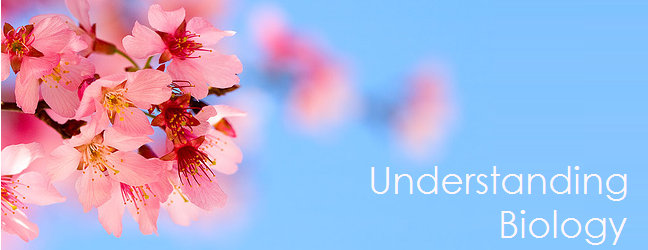 Some species display traits that have seemingly lost all or most of their original function in a species through evolution. A great example is the appendix in humans.
Some species display traits that have seemingly lost all or most of their original function in a species through evolution. A great example is the appendix in humans.The vermiform appendage—in which some recent medical writers have vainly endeavoured to find a utility—is the shrunken remainder of a large and normal intestine of a remote ancestor. This interpretation would stand even if it were found to have a certain use in the human body. Vestigial organs are sometimes pressed into a secondary use when their original function has been lost.
One potential ancestral purpose put forth by Charles Darwin was that the appendix was used for digesting leaves as primates. It may be a vestigial organ of ancient humans that has degraded down to nearly nothing over the course of evolution. Evidence can be seen in herbivorous animals such as the koala.
 The cecum of the koala is very long, enabling it to host bacteria specific for cellulose breakdown. Human ancestors may have also relied upon this system and lived on a diet rich in foliage. As people began to eat more easily digested foods, they became less reliant on cellulose-rich plants for energy. The cecum became less necessary for digestion and mutations that previously had been deleterious were no longer selected against. These alleles became more frequent and the cecum continued to shrink. After thousands of years, the once-necessary cecum has degraded to what we see today, with the appendix. On the other hand, evolutionary theorists have suggested that natural selection selects for larger appendices because smaller and thinner appendices would be more susceptible to inflammation and disease.
The cecum of the koala is very long, enabling it to host bacteria specific for cellulose breakdown. Human ancestors may have also relied upon this system and lived on a diet rich in foliage. As people began to eat more easily digested foods, they became less reliant on cellulose-rich plants for energy. The cecum became less necessary for digestion and mutations that previously had been deleterious were no longer selected against. These alleles became more frequent and the cecum continued to shrink. After thousands of years, the once-necessary cecum has degraded to what we see today, with the appendix. On the other hand, evolutionary theorists have suggested that natural selection selects for larger appendices because smaller and thinner appendices would be more susceptible to inflammation and disease.


No comments:
Post a Comment